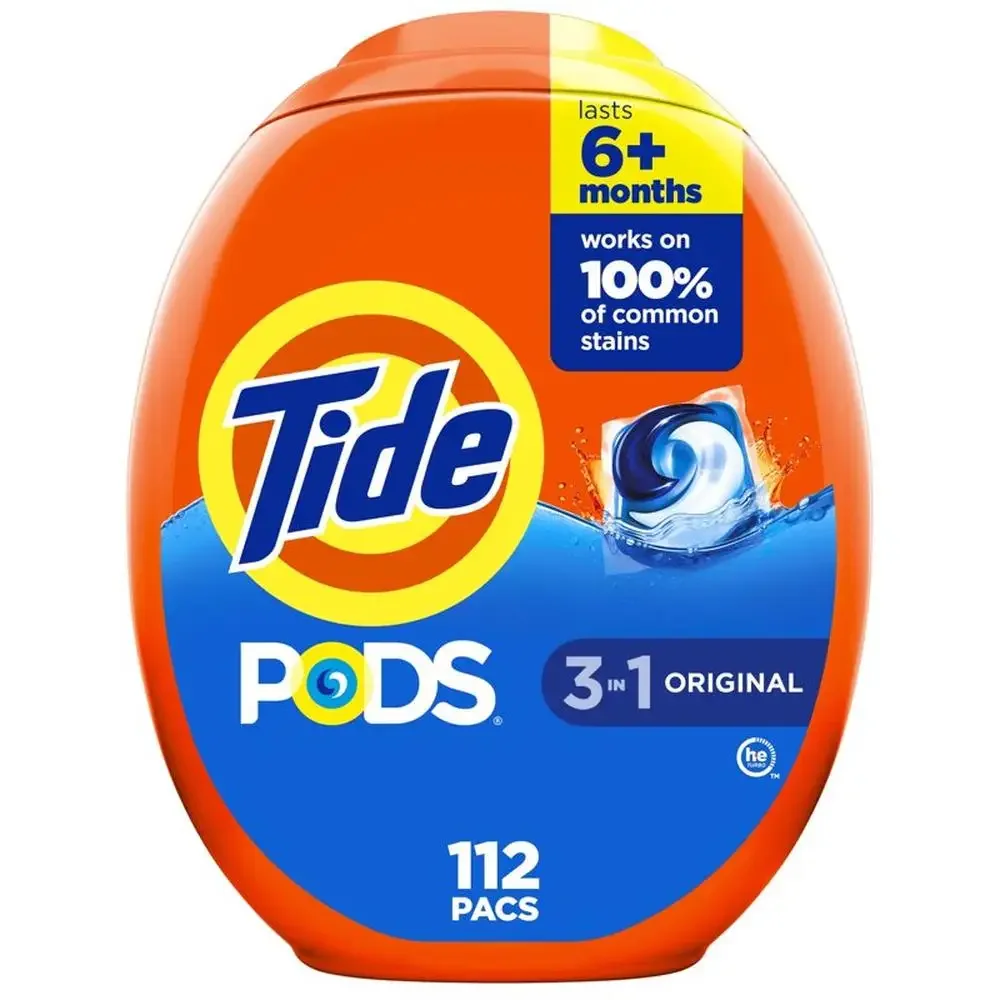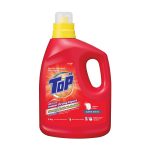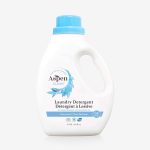Introduction to Washing Machine Detergent Compartments
Navigating the intricacies of your washing machine can be puzzling, particularly when it comes to the detergent compartments. Most washing machines have designated areas or drawers for adding detergents and fabric softeners, each marked with specific symbols to guide you. Understanding the layout of these compartments is important to ensure your laundry comes out as clean and fresh as possible.
Washing machine drawers typically contain three distinct compartments. One is for pre-washing, one for the main wash, and another for fabric softener. Usually, they’re marked with either numbers or symbols: ‘I’ or ‘1’ signifies the pre-wash compartment; ‘II’ or ‘2’ is for the main wash detergent; and a flower symbol indicates the section for fabric softener. Learning which detergent goes into which compartment will enhance washing efficiency and garment care.
Remember, the right compartment equates to the right cleaning. Placing detergent in the correct section ensures proper use during the washing cycle. For instance, liquid laundry detergent usually goes into the main wash compartment, while fabric softener is added in the last rinse cycle to leave clothes soft and static-free. Powdered detergent also goes in the main wash compartment but may require specific handling based on whether your machine is a front or top loader.
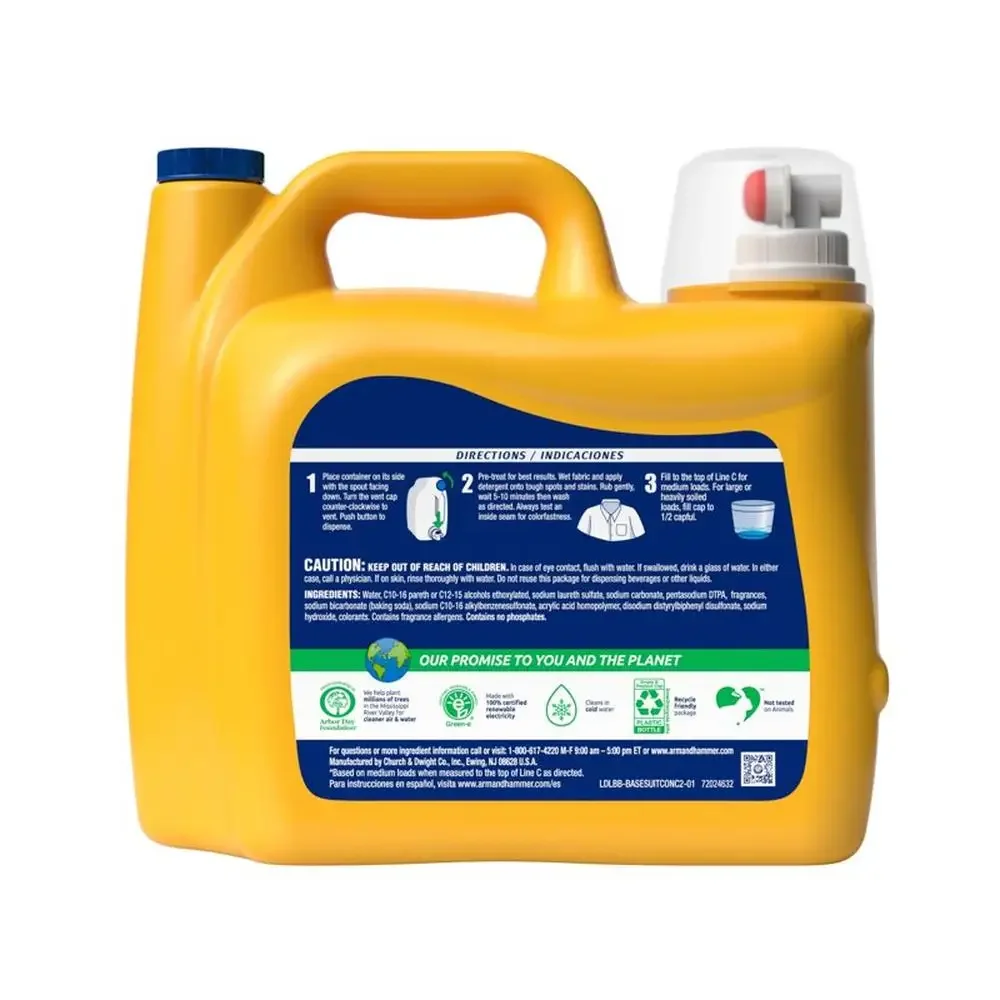
The Differences Between Liquid and Powder Detergent
Choosing the right type of detergent is crucial for effective laundry cleaning. Both liquid and powder detergents have their unique advantages and uses in washing machines. Here’s a brief comparison to help you decide which might be the best fit for your laundry routine.
Advantages of Liquid Detergent:
- Dissolves quickly: Liquid detergent dissolves more easily in water, which means it’s less likely to leave residue on your clothes.
- Pre-treating stains: You can apply it directly to stains before washing, making it an excellent option for treating spots and spills.
- Works in all temperatures: Its formula ensures it operates efficiently in cold, warm, or hot wash cycles.
Advantages of Powder Detergent:
- Cost-effective: Generally, powder detergent tends to be less expensive per load than liquid versions.
- Eco-friendly packaging: It often comes in cardboard boxes, which are more easily recyclable than plastic jugs.
- Long shelf life: Powder has a longer shelf life and won’t degrade over time as some liquids can.
When deciding between liquid and powder detergent, consider the type of washing machine you have. Front-loading washers and high-efficiency machines usually require a low-sudsing HE detergent, which can be found in both liquid and powder forms. However, for top-loading machines, typical powder detergent can be a suitable and economical choice.
Another key factor is the nature of the laundry. If dealing with oily or greasy stains, liquid detergent might be the better option as it tends to cut through the grime more effectively. On the other hand, for outdoor stains or heavily soiled garments, powder detergent with stronger formulas might be advantageous.
Lastly, remember to follow the manufacturer’s guidelines for your specific washing machine and always measure the detergent carefully to avoid waste and ensure clean results.
Proper Placement for Liquid Laundry Detergent
Identifying the correct spot for liquid laundry detergent is vital for laundry success. This segment will clarify where to pour liquid detergent and why correct placement matters.
In the Drum
Often, laundry experts suggest pouring liquid detergent straight into the drum. Here’s why:
- Direct contact: Helps detergent mix with clothes evenly.
- Prevents residue: Stops detergent from staying in dispenser trays.
- Suitable for pre-treating: Lets you treat stains before the cycle starts.
In the Drawer
If your machine has a designated compartment for liquid detergent, use that:
- Look for symbols: Usually a flower or II symbol marks it.
- Follow instructions: Check the manual for your machine specifics.
- Prevents overdosing: Precise compartments control detergent amount.
Key Points to Note
- Check the machine type: Dispenser rules can vary by machine.
- Stick to recommendations: Use the compartment intended for liquid detergent.
- Avoid cross-use: Don’t place liquid detergent in the powder or pre-wash sections.
Proper detergnet placement ensures a cleaner, more efficient wash cycle and extends the life of your garments and your washing machine.
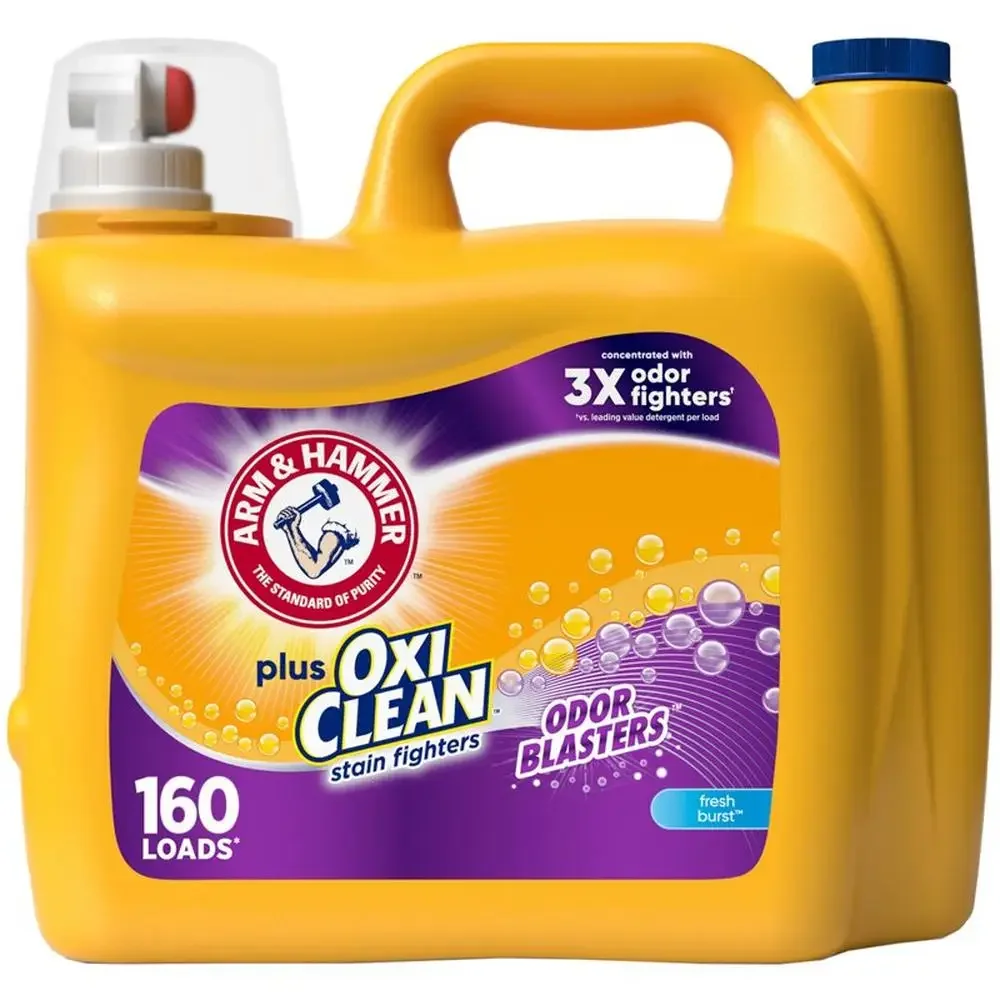
Where to Add Powder Detergent in Your Washer
When it comes to using powder detergent, placement is just as crucial as the amount used. Different washing machine models may have unique features, but the basic principles generally apply across brands. Here’s a straightforward guide on where to add powder detergent to your washer:
In the Drawer
For front-loading washers, powder detergent should go into the main wash compartment of the drawer. This is normally marked with ‘II’ or ‘2’. Ensure you do not cover any holes intended for the water flow, as this can hinder the detergent’s release into the wash. Here are some key points to remember:
- Find the correct compartment: Look for the ‘II’ or ‘2’ symbol.
- Use the flap correctly: Some drawers have a flap for liquid detergent that should be left raised when using powder.
- Do not mix with fabric softener: Keep powder separate from the fabric softener section.
Directly in the Drum
Another option, especially for top-loading machines, is to add powder detergent directly over the load inside the drum. This method allows the detergent to mix with the clothes as the water fills the drum. It’s best to sprinkle the powder evenly over the laundry, avoiding clumps that may not dissolve properly.
- Pour evenly: Distribute powder across the clothes.
- Avoid damp clothes: Add detergent before laundry to prevent sticking.
- Check manufacturer’s guide: Some manufacturers may differ in their recommendations.
Regardless of your washing machine type, always follow the specific instructions provided in the user manual. By using the right location for powder detergent, you help your washing machine perform efficiently and get your laundry cleaner.
The Role of Fabric Softener in the Washing Process
Fabric softener has a specific role in washing. It is used to coat clothing fibers. This makes the fabric softer and reduces static cling. You add fabric softener during the rinse cycle. It should not be mixed with laundry detergent in the wash cycle.
Fabric softener is distinct from detergent. It does not clean but rather conditions the fabric. This gives your clothes a soft feel and a pleasant smell. The timing of adding fabric softener is crucial. It should be added to its designated compartment, typically marked with a flower symbol.
Understanding Pre-Wash and Main Wash Compartments
Getting to know the pre-wash and main wash compartments is key for optimal laundry results. Washers often have these sections marked clearly. Let’s break down their roles for clarity.
Pre-Wash Compartment
The pre-wash compartment is for clothes needing extra cleaning. It holds detergent for an initial wash that tackles heavy stains. This step comes before the main cycle. Use this section when your clothes have tough, set-in dirt. It is usually marked with ‘I’ or ‘1’. Only add detergent here if selecting a pre-wash cycle.
Main Wash Compartment
For regular washing, use the main wash compartment. This is where you add detergent for the bulk of the cleaning. It’s the compartment you’ll use most and is marked with ‘II’ or ‘2’. Use the right amount of detergent per the manufacturer’s guidelines. For liquid detergents, ensure the flap is down to prevent leaking into the drum. For powders, the flap should stay up.
Remember, placing detergent in the correct compartment is crucial. It ensures it’s used at the right time in the wash cycle. Stick to these guidelines and your laundry should come out looking and feeling great.
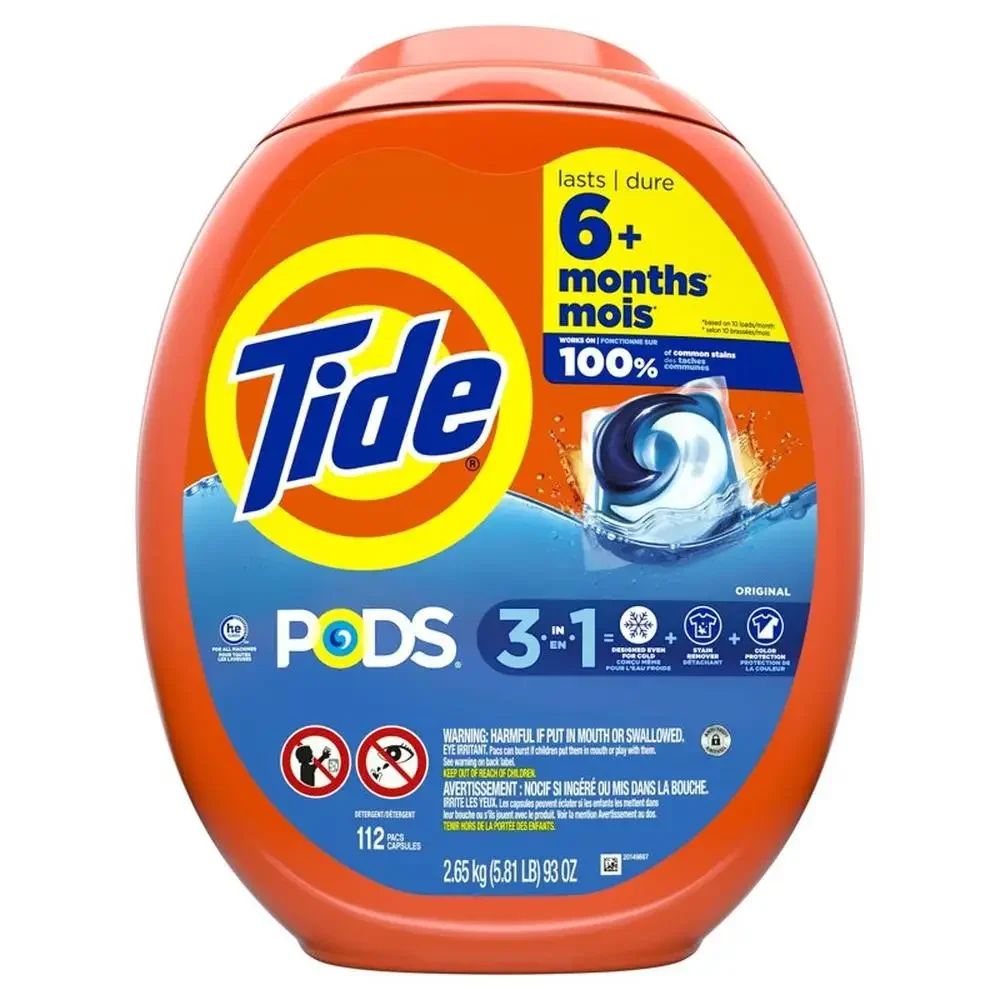
Tips on Using High-Efficiency (HE) Detergent for Front-Load Washers
When using a front-load washer, choosing the right detergent is key for peak performance. Here are tips on using high-efficiency (HE) detergent to keep your clothes clean and your machine running smoothly.
Choose HE Detergent
Always opt for HE detergent for your front-load washer. It’s made to produce fewer suds, which suits the lower water levels in these machines.
Measure the Right Amount
Follow the detergent’s instructions for dosage. Using too much can leave residue on clothes and affect the machine’s performance.
Use the Correct Compartment
Pour HE detergent into the designated slot, usually marked ‘II’ for the main wash. Check your washer’s manual to be sure.
Don’t Overfill the Dispenser
Avoid filling past the max line to prevent over-sudsing and detergent waste. This helps your washer clean effectively.
Common Mistakes to Avoid When Adding Detergent
Ensuring that you’re using laundry detergent correctly is just as important as choosing the right type. Avoiding common mistakes can help optimize your washing machine’s performance and extend the lifespan of your clothes. Here are essential tips to evade these errors:
- Wrong Compartment: Misplacing laundry detergent in the wrong compartment won’t clean clothes properly. Always double-check that you’re using the designated slots for each type of product.
- Overusing Detergent: Excess detergent doesn’t equal cleaner clothes. It can lead to residue on fabrics and in the washer. Use the recommended amount for each load size.
- Underusing Detergent: Too little detergent can result in poorly cleaned laundry. Measure according to the load’s soil level and the manufacturer’s guidance.
- Ignoring Water Temperature: Some detergents work best at certain temperatures. Check the label to match your detergent to the right setting for best results.
- Pre-Wash Overlook: Forgetting to add detergent to the pre-wash compartment when needed means stains might not get pre-treated effectively.
- Fabric Softener Mix-up: Adding fabric softener where detergent should go can prevent clothes from being washed correctly. Keep these products in their respective places.
By following these simple steps, you ensure your laundry not only comes out clean but that you also maintain the efficiency of your washing machine.
FAQs on Detergent Placement in Washing Machines
Navigating the world of washing machine detergent placement can raise many questions. To help clear up any confusion, here’s a handy FAQ to address common queries related to where to put laundry detergent in your washer.
How do I know where to put laundry detergent in my washing machine?
Check the symbols or numbers in the detergent drawer. ‘I’ or ‘1’ is usually for pre-wash, ‘II’ or ‘2’ for main wash, and a flower symbol for fabric softener.
Can I put liquid detergent directly in the drum?
Yes, you can put liquid detergent in the drum, especially when the manufacturer suggests it or for specific cycle settings.
Is it okay to use powder detergent in a front-loader?
Indeed, powder detergent can be used in front-loaders. Put it in the main wash compartment, labeled ‘II’ or ‘2’, unless the manual says otherwise.
Where do I add fabric softener?
Fabric softener goes into the compartment marked with the flower symbol, normally during the final rinse cycle of washing.
Should I always use HE detergent in a front-load washer?
Definitely. HE detergent is formulated to work with low water levels in front-load washers, reducing suds and ensuring a clean rinse.
What happens if I use too much detergent?
Using too much can cause residue on clothes and inside the machine, resulting in inefficient washing and potential damage.
Can I put detergent in the pre-wash compartment if I’m not pre-washing?
No. Only add detergent to this compartment when you’ve selected a pre-wash cycle; otherwise, leave it empty.
By adhering to these simple guidelines, you can make sure that your laundry comes out clean and your machine runs efficiently. Remember, always review your washing machine’s manual for specific instructions.
